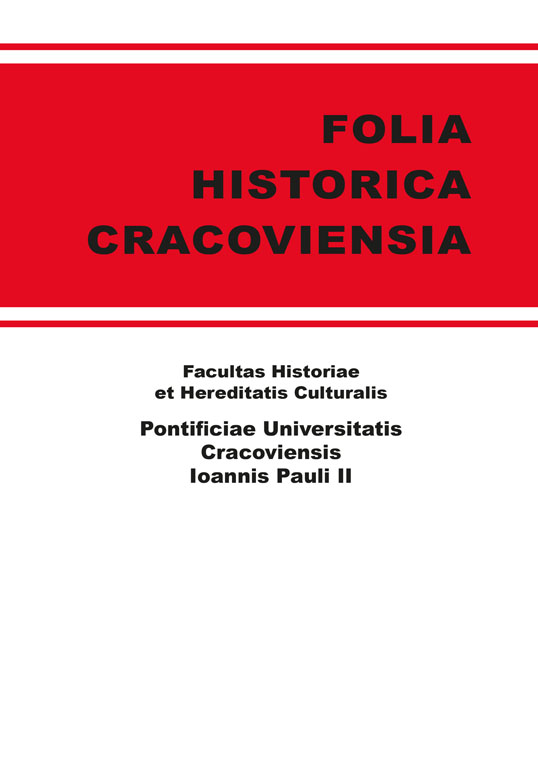Test methods of underwater archeology on the example of shipwrecks found off the coast of Languedoc and Provence
DOI:
https://doi.org/10.15633/fhc.229Keywords:
underwater archeology, Languedoc, ProvenceAbstract
The purpose of the archaeological works carried out on land and under water is to maximise the amount of information on the objects which have been recovered. Both land and underwater archeology are based on a similar research methodology, but they differ in the sets of tools used, as well as in working and environmental conditions. It is naturally caused by the limited capacity of the human body, which is not designed for long stay under water without sustaining serious damages to the health and functioning of the different human senses. It also generates higher costs of excavation than on land. Wrecks do not remain intact, but at all times they are subject to destruction caused by physical, chemical and biological factors, as well as by the activity of the local flora and fauna (at small and medium depths the process of destruction is faster than at large ones), which determines a faster pace of work. Currently used methods of underwater exploration have not changed since the seventies. With the rapid pace of technological development observed in the early eighties and the introduction of modern, small submarines, robots and tracking systems utilising satellite data, there was an increase in the number of offshore archeological sites in the eighties and early nineties. The future of underwater archeology is bound with the study of large and great depths and the development of cybernetics and computer science.
Downloads
Published
Issue
Section
License
Copyright (c) 2013 Agnieszka Góralczyk

This work is licensed under a Creative Commons Attribution-NonCommercial-NoDerivatives 3.0 Unported License.
Authors who publish with this journal agree to the following terms:
- Authors retain the copyright and full publishing rights without restrictions, and grant the journal right of first publication with the work simultaneously licensed under a Creative Commons Attribution 4.0 International License that allows others to share the work with an acknowledgement of the work's authorship and initial publication in this journal.
- Authors are able to enter into separate, additional contractual arrangements for the non-exclusive distribution of the journal's published version of the work (e.g., post it to an institutional repository or publish it in a book), with an acknowledgement of its initial publication in this journal.
- Authors are permitted and encouraged to post their work online (e.g., in institutional repositories or on their website) prior to and during the submission process, as it can lead to productive exchanges, as well as earlier and greater citation of published work (See The Effect of Open Access).

